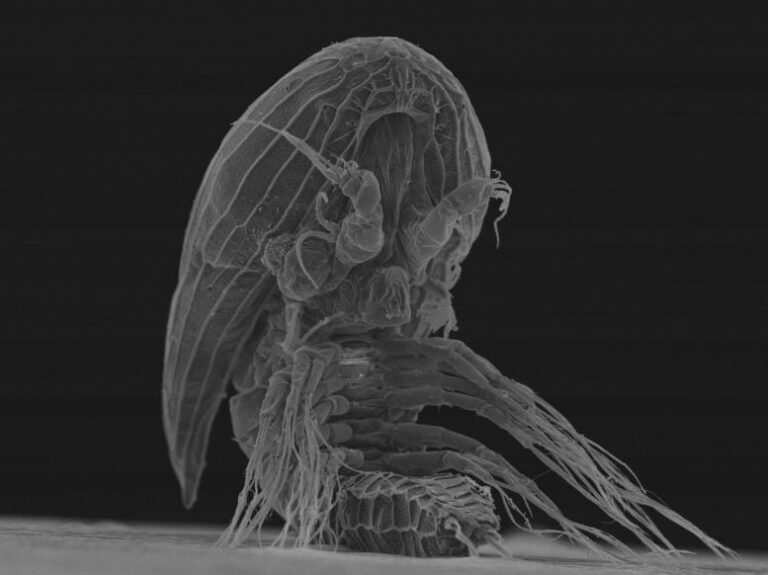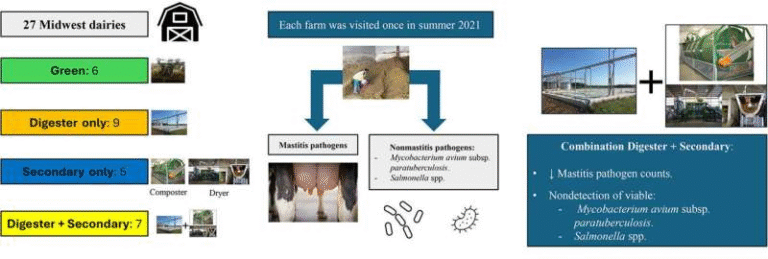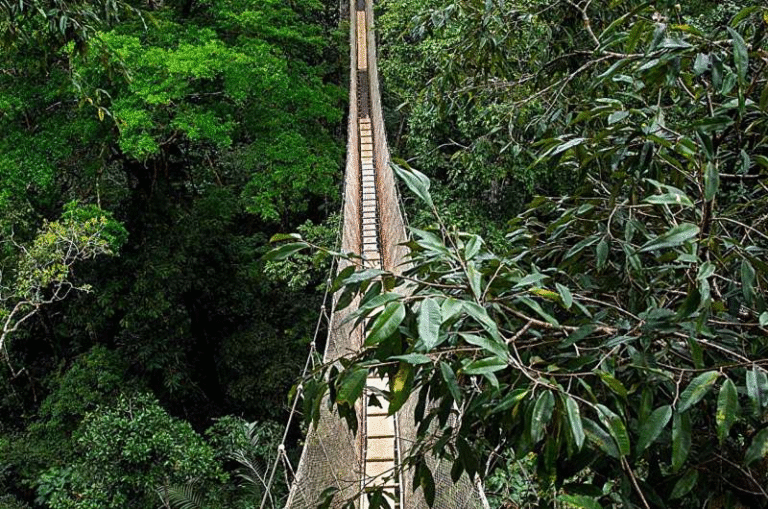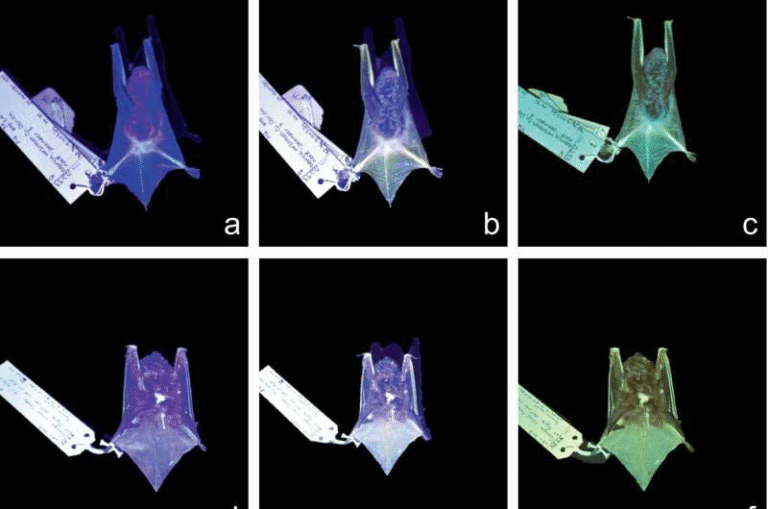Researchers Reevaluate Yellowstone’s Wolf Reintroduction and the So-Called “Strong” Trophic Cascade
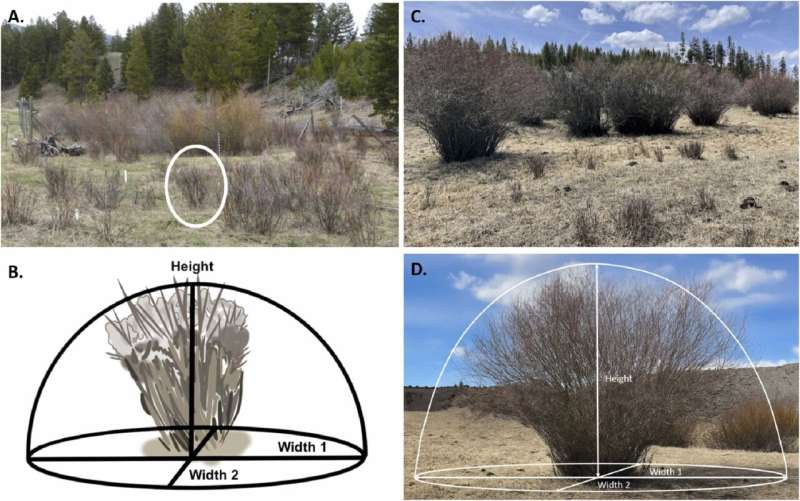
For decades, Yellowstone National Park’s wolf reintroduction has been celebrated as a landmark success story in ecological restoration. Wolves were brought back in 1995 after being eradicated from the park in the early 1900s, and ever since, the story of how they reshaped the entire ecosystem has been told and retold — from textbooks to documentaries.
But a new analysis from Utah State University and Colorado State University is challenging one of the biggest claims made about that story. According to their findings, the often-cited “strong trophic cascade” — the idea that wolves caused dramatic regrowth of vegetation by reducing elk browsing — might not be as strong as previously thought.
What the New Study Says
The recent commentary, published in Global Ecology and Conservation (2025), revisits the data behind a 2025 study by Ripple and colleagues. That earlier research had claimed Yellowstone’s wolves triggered one of the strongest trophic cascades ever recorded, reporting a roughly 1,500% increase in willow crown volume across the park between 2001 and 2020.
The new analysis, led by Dr. Daniel MacNulty of Utah State University and Dr. David Cooper of Colorado State University, argues that this conclusion is mathematically and methodologically flawed. Their paper, titled “Flawed analysis invalidates claim of a strong Yellowstone trophic cascade after wolf reintroduction,” takes apart the original findings point by point.
The researchers’ central claim is that the Ripple et al. analysis used circular reasoning — meaning the data were set up in a way that almost guaranteed the appearance of a strong relationship, even if none existed in reality.
The Problem of Circular Reasoning
According to the critique, the 2025 study based its conclusions on a regression model that predicted willow crown volume from willow height. The problem? The “volume” was itself calculated from the same height data. That means height was used both as the predictor and as part of the response variable — a mathematical loop that ensures a strong correlation by design.
Because of this setup, the model’s high R² value (0.92) doesn’t actually demonstrate biological change; it reflects a statistical artifact. In simpler terms, the data made the relationship look strong on paper even if willows didn’t really grow much at all.
Model Assumptions That Don’t Fit Reality
The commentary also points out that the model used by Ripple and colleagues assumes willows have a half-ellipsoid crown shape — think of a smooth dome or half-sphere. But in Yellowstone’s field sites, many willows are heavily browsed and irregularly shaped, often with uneven canopies due to elk feeding.
Applying a geometric model meant for symmetrical crowns to these distorted plants violates the model’s assumptions, which likely overestimated willow growth and created the illusion of a more dramatic rebound than what actually occurred.
Field photos included in the new paper clearly show this mismatch: the tidy geometric assumptions used in the math simply don’t match what real willows look like on the ground.
The Sampling Issue: Unmatched Plots
Another major issue concerns how the data were compared over time. Ripple et al. compared willows measured in 2001 with those measured in 2020, but according to the critique, the two datasets were largely unmatched. Only a few of the plots studied in 2020 were the same ones sampled in 2001.
That means differences between the two years might not reflect actual ecological change, but sampling bias — different locations, with different growing conditions, being compared as though they were the same.
This kind of mismatch can dramatically distort long-term ecological comparisons, especially in a system as variable as Yellowstone’s riparian zones.
The Equilibrium Problem
Ripple et al. also compared Yellowstone’s results to global averages of trophic cascade strength, suggesting that Yellowstone’s was stronger than 98% of other systems worldwide.
But those global datasets typically come from stable, equilibrium ecosystems — environments that have settled into relatively consistent interactions between predators, prey, and vegetation. Yellowstone, on the other hand, is still recovering from the absence of wolves, ongoing changes in elk populations, hydrological shifts, and climate variability.
Comparing a dynamic, still-changing ecosystem to equilibrium systems is like comparing a construction site to a finished building — the processes just aren’t equivalent.
Other Missing Factors
The Utah and Colorado researchers also point out that the original study ignored or minimized several other influences on vegetation recovery.
- Hydrology: Stream flows, water tables, and beaver activity all strongly affect willow growth. Sites with better water access naturally support taller, denser willows — regardless of whether wolves are present.
- Human hunting: Elk populations outside park boundaries are heavily managed by hunters, which can influence elk density and movement patterns inside the park as well.
- Other herbivores: Bison and other grazers also browse on willows, further complicating the food-web picture.
When all these factors are considered, the new study concludes that no single cause — not even wolves — can explain willow recovery across the park.
What the New Interpretation Means
After re-analyzing the data, MacNulty and his team found that willow recovery in Yellowstone has been much more modest and highly variable than the earlier study claimed. Some areas show clear regrowth where wolves are active, but others show little change at all.
In short, the effects of predator recovery are real but context-dependent. Wolves do influence elk behavior and numbers, but their impact on vegetation depends on local conditions, like hydrology, soil, and snow depth.
The researchers stress that their critique doesn’t downplay the importance of wolves or large carnivores in ecosystems — it simply calls for stronger evidence and more careful analysis when making big claims about ecosystem transformation.
Why Trophic Cascades Are Tricky to Measure
A trophic cascade is the chain reaction that happens when predators affect the populations and behavior of prey, which in turn influences plants or lower-level organisms. The classic example is wolves reducing elk browsing, which allows trees and shrubs like willow and aspen to rebound.
But measuring trophic cascades in real ecosystems is extremely complex. Many other variables — from climate to soil moisture to fire — interact in ways that can amplify or mask predator effects.
In aquatic systems (like lakes or ponds), cascades tend to be stronger and easier to observe because the food webs are simpler. In terrestrial systems like Yellowstone, they’re messier, slower, and more context-sensitive.
That’s why ecologists often debate the true strength of these cascades — and why this new paper matters. It’s a reminder that nature doesn’t follow simple cause-and-effect rules.
The Bigger Picture: Science as Self-Correction
This debate is a great example of how science works. Ripple and colleagues made a bold claim based on their data. Now, another group has revisited those same data and found problems that call the conclusions into question.
Neither side is “wrong” in the moral sense — this is the process of refining knowledge. Ecological systems are incredibly complex, and it often takes multiple rounds of research, debate, and re-analysis to reach consensus.
As MacNulty and Cooper note, the goal isn’t to downplay wolves’ ecological importance. It’s to understand their role accurately — acknowledging both their influence and their limits.
What Comes Next
The conversation around Yellowstone’s wolves is far from over. Future research will likely focus on:
- Collecting direct biomass measurements of willows rather than estimating from height.
- Ensuring plot consistency over time for accurate comparisons.
- Incorporating hydrological and climatic variables into cascade models.
- Reassessing how other species, like bison, fit into Yellowstone’s shifting food web.
As our tools and data improve, we’ll get a clearer picture of how reintroducing wolves reshaped — and continues to reshape — one of the world’s most famous national parks.

